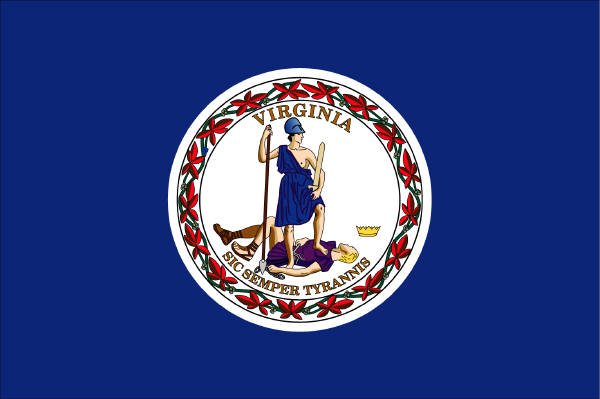
by KPMLAW | Feb 3, 2021 | KPMBlog, News, Profiles, Uncategorized, Updates
Written by Danny Royce, Esq. Several pieces of proposed legislation could create big changes in the landscape of Auto Virginia Liability Insurance Coverage, and could significantly impact the defense of our clients in claims arising from motor vehicle accidents. There are three proposed pieces of legislation before the General Assembly of note and which are being monitored closely by KPM. 1) SB 1182: Motor Vehicle Liability Insurance; Increases Coverage Amounts. This proposed legislation would increase motor vehicle liability insurance coverage amounts from $25,000 to $50,000 in cases of bodily injury or death of one individual, and from $50,000 to $100,000 in cases of bodily injury or death to multiple individuals as a result of one accident. The bill would also require that self-insured operators of taxicabs maintain protection against uninsured and underinsured drivers with current limits of $25,000, $50,000, and $20,000 respectively. This proposed legislation would apply to policies issued or renewed on or after January 1, 2022. This bill advanced out of the Senate Commerce and Labor Committee passed the Senate on January 25, 2021 with a vote of 27 to 11. The bill would amend and reenact §§46.2-419, 46.2-472, and 46.2-2057 of the Code of Virginia relating to liability coverage limits. The text of the new bill can be found at https://lis.virginia.gov/cgi-bin/legp604.exe?211+ful+SB1182. The current amount of liability coverage ($25,000) required by statute was first enacted in 1975, and has not been updated since that time. This would represent a huge change for carriers, insureds and claimants. 2) SB 1195: Motor Vehicle Insurance; Underinsured Motor Vehicle, Uninsured Motorist Coverage. This proposal would have a...
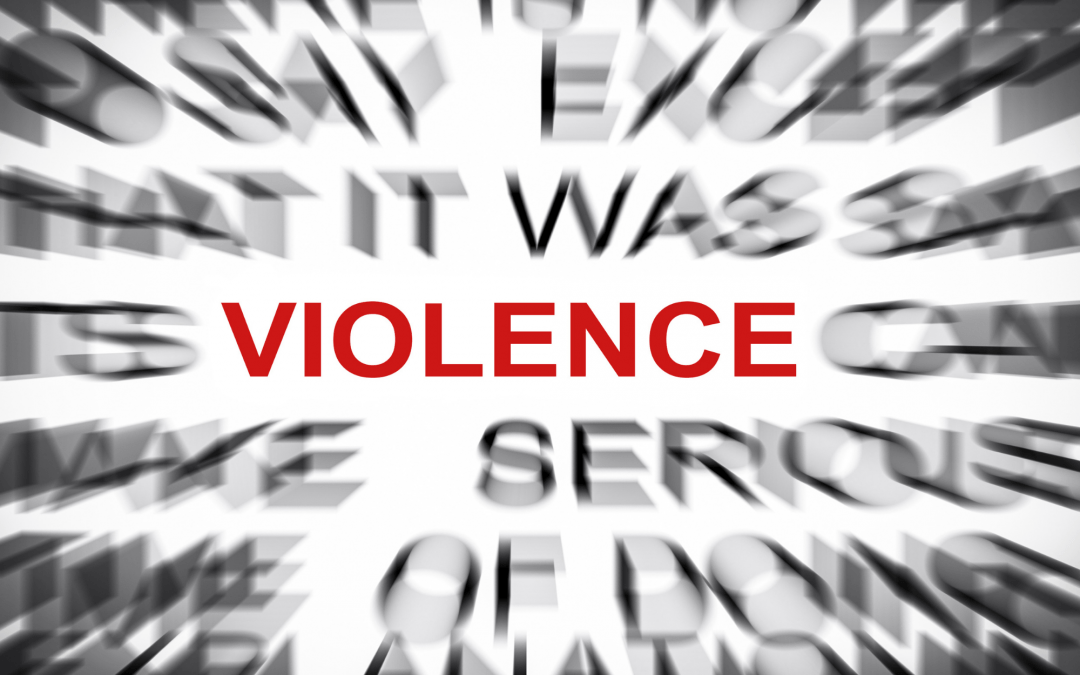
by KPMLAW | Feb 2, 2021 | KPMBlog, News, Profiles, Uncategorized
Written by James T. Taylor, Esq. Edited by William J. Pfund, IV, Esq. It was every employer’s worse nightmare. On August 26th, 2015, at 6:46 a.m., Lester Flanagan, a disgruntled former employee of WDBJ, ambushed two of his former colleagues as they were conducting a live televised interview of Victoria Gardner at Bridgewater Plaza in Moneta, Virginia. He shot and killed both of his former colleagues before wounding Gardner, the interviewee. Gardner only survived by feigning death and remaining completely still. Two years prior, Flanagan was terminated from WDBJ following a history of verbal and physical abuse toward co-workers. During his termination meeting, Flanagan slammed his fist down on the table and warned, “I’m not leaving, you’re going to have to call the f***ing police…I’m going to make a stink and it’s going to be in the headlines.” Later as he was escorted from the building by police, he gave a small wooden cross to a news director and insinuated, “You’ll need this.” As a result of the shooting, Victoria Gardner filed a $6,000,000.00 lawsuit against WDBJ for negligently hiring and negligently retaining Lester Flanagan. Gardner’s lawsuit alleged that WDBJ failed to find troubling aspects of Flanagan’s background before hiring him, then waited too long to fire him the following year after he verbally abused and physically threatened co-workers. Plaintiff tried unsuccessfully to argue that a business proprietor-invitee relationship was established giving rise to a duty to Ms. Gardner. However, the case was dismissed in June 2020 on demurrer because Plaintiff failed to establish that a duty was owed to Ms. Gardner by WDBJ. While Virginia courts have generally...
by KPMLAW | Feb 2, 2021 | KPMBlog, News, Profiles
Written by James T. Taylor, Esq. Edited by William J. Pfund, IV, Esq. It was every employer’s worse nightmare. On August 26th, 2015, at 6:46 a.m., Lester Flanagan, a disgruntled former employee of WDBJ, ambushed two of his former colleagues as they were conducting a live televised interview of Victoria Gardner at Bridgewater Plaza in Moneta, Virginia. He shot and killed both of his former colleagues before wounding Gardner, the interviewee. Gardner only survived by feigning death and remaining completely still. Two years prior, Flanagan was terminated from WDBJ following a history of verbal and physical abuse toward co-workers. During his termination meeting, Flanagan slammed his fist down on the table and warned, “I’m not leaving, you’re going to have to call the f***ing police…I’m going to make a stink and it’s going to be in the headlines.” Later as he was escorted from the building by police, he gave a small wooden cross to a news director and insinuated, “You’ll need this.” As a result of the shooting, Victoria Gardner filed a $6,000,000.00 lawsuit against WDBJ for negligently hiring and negligently retaining Lester Flanagan. Gardner’s lawsuit alleged that WDBJ failed to find troubling aspects of Flanagan’s background before hiring him, then waited too long to fire him the following year after he verbally abused and physically threatened co-workers. Plaintiff tried unsuccessfully to argue that a business proprietor-invitee relationship was established giving rise to a duty to Ms. Gardner. However, the case was dismissed in June 2020 on demurrer because Plaintiff failed to establish that a duty was owed to Ms. Gardner by WDBJ. While Virginia courts have generally...
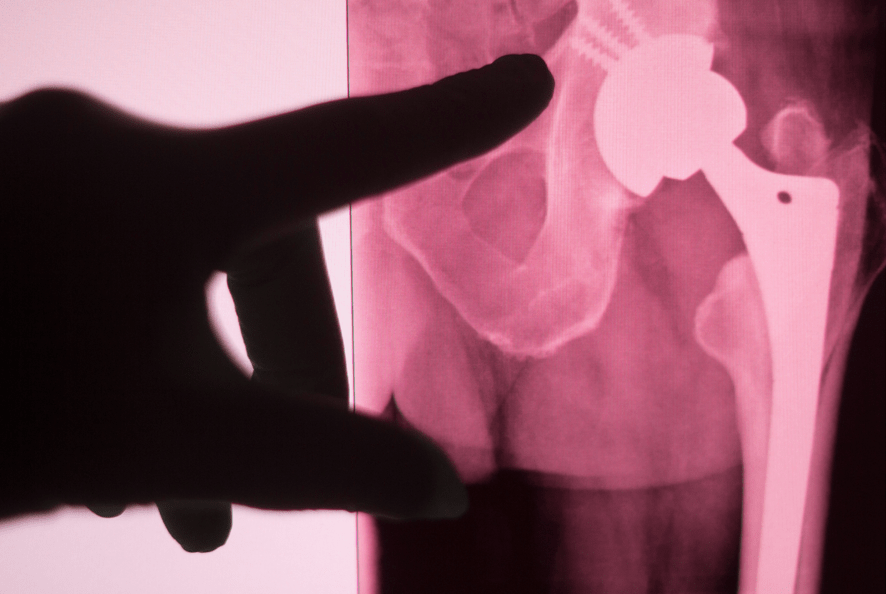
by KPMLAW | Jan 19, 2021 | KPMBlog, News, Profiles, Uncategorized, Updates
Written by Jessica Gorman, Esq. Edited by Rachel Riordan, Esq. The Workers’ Compensation Act provides compensation for permanent partial loss of use of certain body parts, including the loss of a leg. See Code § 65.2-503(B)(13). “[F]or the permanent partial loss or loss of use of a member, compensation may be proportionately awarded.” Code § 65.2-503(D). A numerical rating of the permanent partial loss of use of the injured body part is required so that benefits may be proportionally awarded according to the percentage loss and determined by the schedule in Code § 65.2-503(B).” See, Va. Nat. Gas, Inc. v. Tennessee, 50 Va. App. 270, 279 (2007) (quoting, Hill v. Woodford B. Davis Gen. Contractor, 18 Va. App. 652, 654(1994)). An injured worker bears the burden of proving the level of impairment from a work-related injury. Hungerford Mech. Corp. v. Hobson, 11 Va. App. 675, 677-78 (1991). “Where the issue concerns a permanent partial loss of use, the Commission must rate ‘the percentage of incapacity suffered by the employee’ based on the evidence presented.” Id. at 677 (quoting, County of Spotsylvania v. Hart, 218 Va. 565, 568 (1977)). But what happens when an injured worker has a compensable injury which requires a surgical implantation of a prosthetic which later improves the injured workers’ function? Is the permanent loss of use determined PRIOR to any surgical correction OR after any such replacement, as the replacement is undertaken to provide the injured worker with more function? This question was recently answered by the Court of Appeals in Loudoun Cnty. v. Richardson, 70 Va. App. 169 (2019). In this case, the injured...
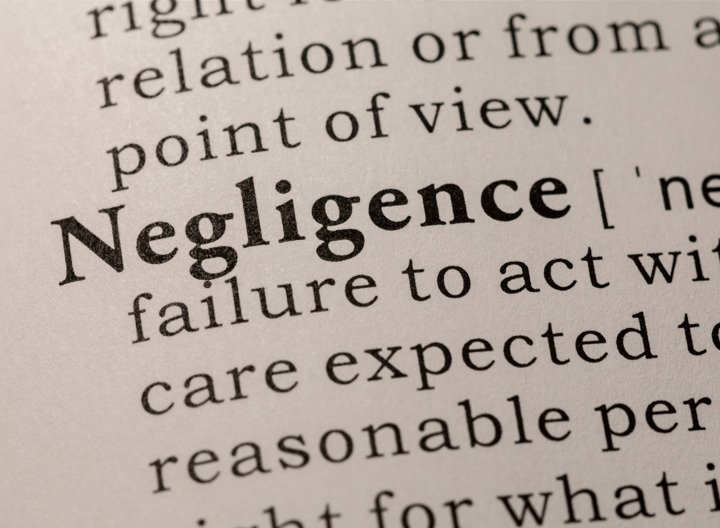
by KPM LAW | Sep 10, 2020 | KPMBlog, News, Profiles, Uncategorized
Written by Andrew Strobo Edited by Bill Pfund Negligence is deceivingly simple. To many people, negligence is something that they would know when they see it. Indeed, practically everyone intrinsically understands that to be negligent is to cause harm by failing to fulfill a duty owed. However, despite this simple definition, it can be surprisingly difficult to determine when a duty is owed under the law, what that duty is, and to whom it is owed. To make matters more complicated, Virginia law has undergone a number of relatively recent, significant changes which have made it more difficult than ever to answer these questions. This article will briefly discuss the general duty owed by all Virginians, two special circumstances in which an additional duty might be owed, and a recent, notable development under Virginia negligence law. Under Virginia law, each person has a general duty to exercise ordinary care to avoid injuring others as a consequence of his own actions. See Quisenberry v. Record No. 171494 Huntington Ingalls, Inc., 296 Va. 233, 243 (2018). Stated otherwise, the duty owed by a person is to mitigate the risks created by his own actions. For example, the driver of a vehicle creates a risk of harm to others by virtue of moving the vehicle, which can result in serious injury or death, and therefore has duty to take care in operating the vehicle, such as maintaining a reasonable speed. Accordingly, it is an important part of risk and liability analysis for every person to consider the reasonably foreseeable consequences of his own actions to understand the extent of his negligence liability....
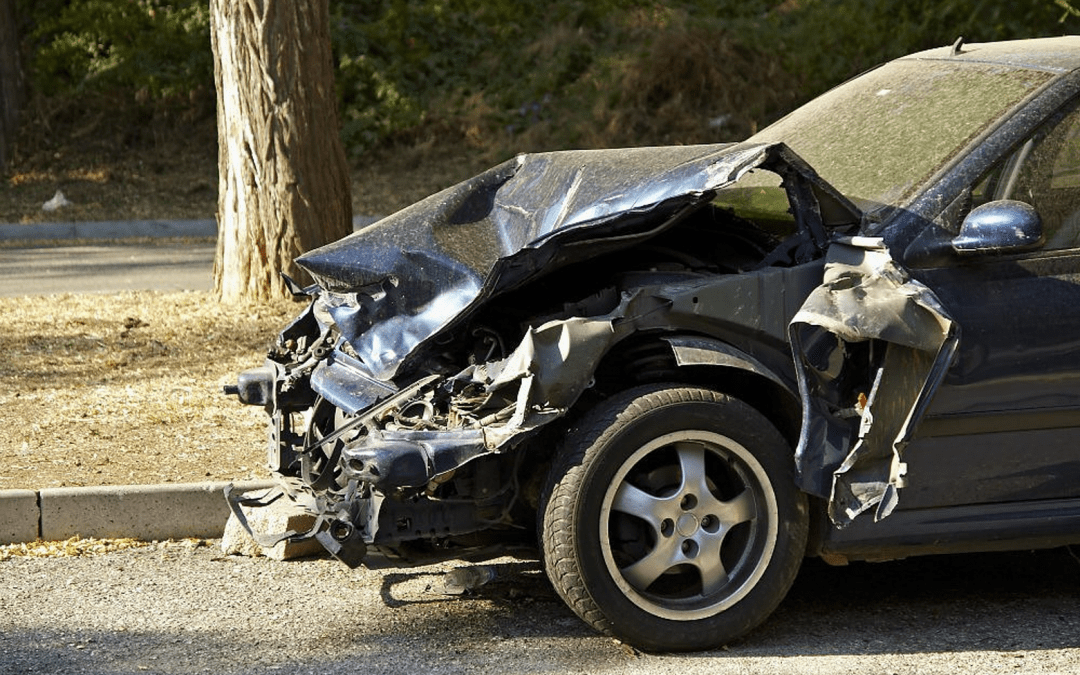
by KPM LAW | Sep 9, 2020 | KPMBlog, News, Profiles, Uncategorized
Written by Daniel Royce, Esq. Edited by Bill Pfund, Esq. Let’s start with a thought exercise in the form of a hypothetical: A motor vehicle accident takes place in Virginia between a Virginia Claimant and an out of state tortfeasor. Assume for the sake of the hypothetical that liability is clear, and the claimed injuries are so significant as to exceed the liability limits and UM/UIM limits of the claimant. The tortfeasor is afforded coverage by a liability policy with limits of $10,000 per accident/$20,000 per occurrence. The claimant has UM/UIM coverage in the amount of $100,000 per accident/$300,000 per occurrence. In this hypothetical defense counsel represents the UM/UIM carrier. The liability carrier has tendered the $10,000 limits and plaintiff’s counsel is looking to the UM/UIM carrier for contribution to the settlement. The claimant has demanded the policy limits of $100,000. The questions presented are: whether the UM/UIM carrier is entitled to a credit/offset for the liability limits of $10,000? Is the UM/UIM carrier exposed in the amount of $90,000 or $100,000? Is this an uninsured or under-insured claim? In our hypothetical, Plaintiff’s counsel takes the position that the tortfeasor’s out of state policy does not “roll up” to the Virginia minimum limits of $25,000 and therefore the tortfeasor is deemed uninsured (and not under-insured)….but wait, I thought there were no minimum limits in Virginia?!?! Technically correct, Virginia drivers can pay a fee to the DMV for the privilege of driving without insurance on the highways and byways of this great state. (see Va. Code 46.2-706 below). If you are like me, your immediate answer to this question is “of...






